Security Information and Event Management (SIEM) solutions are now essential for modern cybersecurity. By combining log monitoring, threat intelligence, and real-time analytics, SIEM platforms give organizations the ability to detect, investigate, and respond to security incidents quickly and accurately.
The shift from traditional on-premise systems to next-generation, cloud-native SIEMs has revolutionized SOC operations, enabling automated threat detection, improved cyber threat visibility, and seamless event correlation across complex networks. In 2025, businesses demand AI-driven, scalable, and automated SIEM tools that protect hybrid infrastructures, streamline response, and ensure compliance.
This article reviews the top 10 SIEM tools of 2025, comparing their performance, scalability, intelligence, and cost helping you choose the most effective platform for your security needs.
Start protecting your business today read on to find the best SIEM tool for your needs! Let's Get Started!
Table of Contents
What Makes a "Top" SIEM — Our Evaluation Criteria
To rank the best SIEM solutions for 2025, we used a clear set of selection criteria based on performance, features, scalability, and overall value. These criteria ensure that organizations can choose platforms that truly strengthen cybersecurity posture and improve SOC efficiency.
Here’s how we evaluated each tool:
Threat Detection, Analytics, and Response Capabilities
We assessed how well each SIEM detects and responds to security threats in real time. This includes event correlation, AI-powered anomaly detection, and integration with SOAR tools. We also considered predictive threat analytics and the ability to reduce false positives while providing actionable alerts. The best SIEMs offer automated response playbooks and comprehensive cyber threat visibility, enabling security teams to resolve incidents quickly.
Scalability, Performance, and Cloud Readiness
We evaluated each SIEM’s ability to handle large volumes of log data from distributed endpoints and hybrid environments. Cloud-native architectures, elastic scalability, and fast real-time analytics were key factors. Performance under heavy load, multi-cloud support, and the ability to scale as the organization grows were also included. A high-performing SIEM ensures that critical security events are never missed, even in complex infrastructures.
Ease of Use, Integration, and Automation
We looked at how intuitive and easy to manage the platforms are for SOC teams. This includes user-friendly dashboards, visual analytics, low-code automation, and workflow integration with EDR, IAM, firewalls, and vulnerability scanners. Support for MITRE ATT&CK mapping and automated playbooks helps analysts prioritize alerts and respond faster. The best SIEMs streamline operations and improve efficiency across the security environment.
Cost, Licensing, and Return on Investment (ROI)
We compared pricing models, licensing transparency, and the total cost of ownership (TCO) for different organizations. Platforms that reduce alert fatigue, automate routine tasks, and speed up incident response deliver the most measurable ROI. We also considered how cost-effective the SIEM is for both SMBs and large enterprises. The ideal solution balances affordability with advanced capabilities and long-term value.
Top 10 SIEM Tools — Overview & Comparison
Threathawk SIEM by Cybersilo
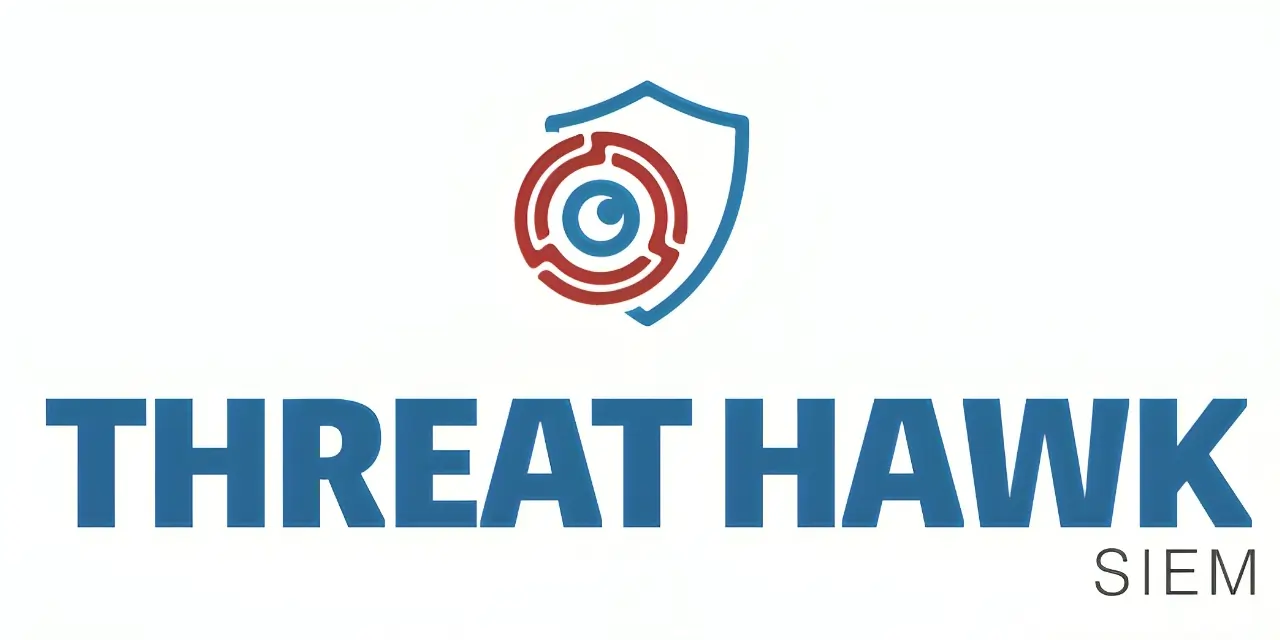
Threathawk SIEM by Cybersilo is a next-generation, AI-powered SIEM designed to deliver real-time threat detection, automated incident response, and predictive intelligence. Its cloud-native architecture enables seamless scalability, while built-in GDPR, ISO, and NIST compliance simplifies audits and regulatory reporting. It offers a centralized SOC dashboard for complete visibility across endpoints, servers, and cloud workloads.
The platform integrates with firewalls, EDR, IAM, and vulnerability scanners to provide end-to-end security coverage. Teams can automate repetitive tasks, manage alerts efficiently, and reduce false positives. Threathawk provides customizable dashboards, reporting templates, and executive summaries for easy monitoring.
Security analysts benefit from automated playbooks, predictive risk scoring, and AI-assisted investigations. It also supports hybrid infrastructure monitoring, giving enterprises flexible deployment options. Threathawk enhances threat hunting, reduces mean time to detect (MTTD), and accelerates incident resolution. Overall, it offers high ROI, operational efficiency, and proactive cybersecurity management.
Microsoft Sentinel
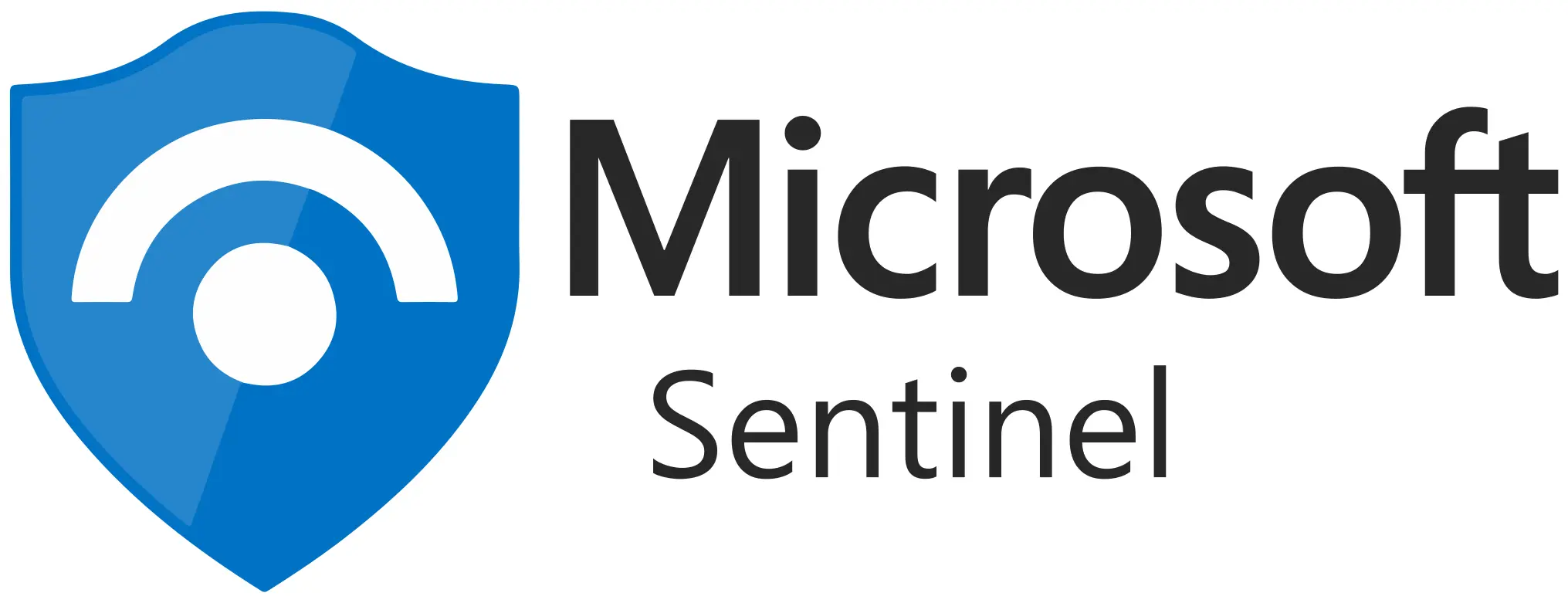
Microsoft Sentinel is a cloud-native SIEM and SOAR platform built on Azure, fully integrated with Microsoft Defender, Office 365, and Azure AD. It provides centralized log collection from cloud and on-premise environments, giving complete visibility. The platform uses machine learning to detect anomalies, predict threats, and prioritize alerts.
Sentinel enables automated incident response workflows, helping SOC teams respond faster. Users can create custom alerts, dashboards, and analytics queries to fit their organization’s needs. It supports compliance reporting for ISO, NIST, and other standards, making audits easier.
Security analysts can investigate alerts in real time and track complex attack patterns. Sentinel also allows integration with third-party tools and APIs for extended threat monitoring. It is scalable for enterprises of all sizes and supports multi-cloud deployments. Overall, Microsoft Sentinel provides efficient, automated, and intelligent cloud security operations.
Splunk Enterprise Security
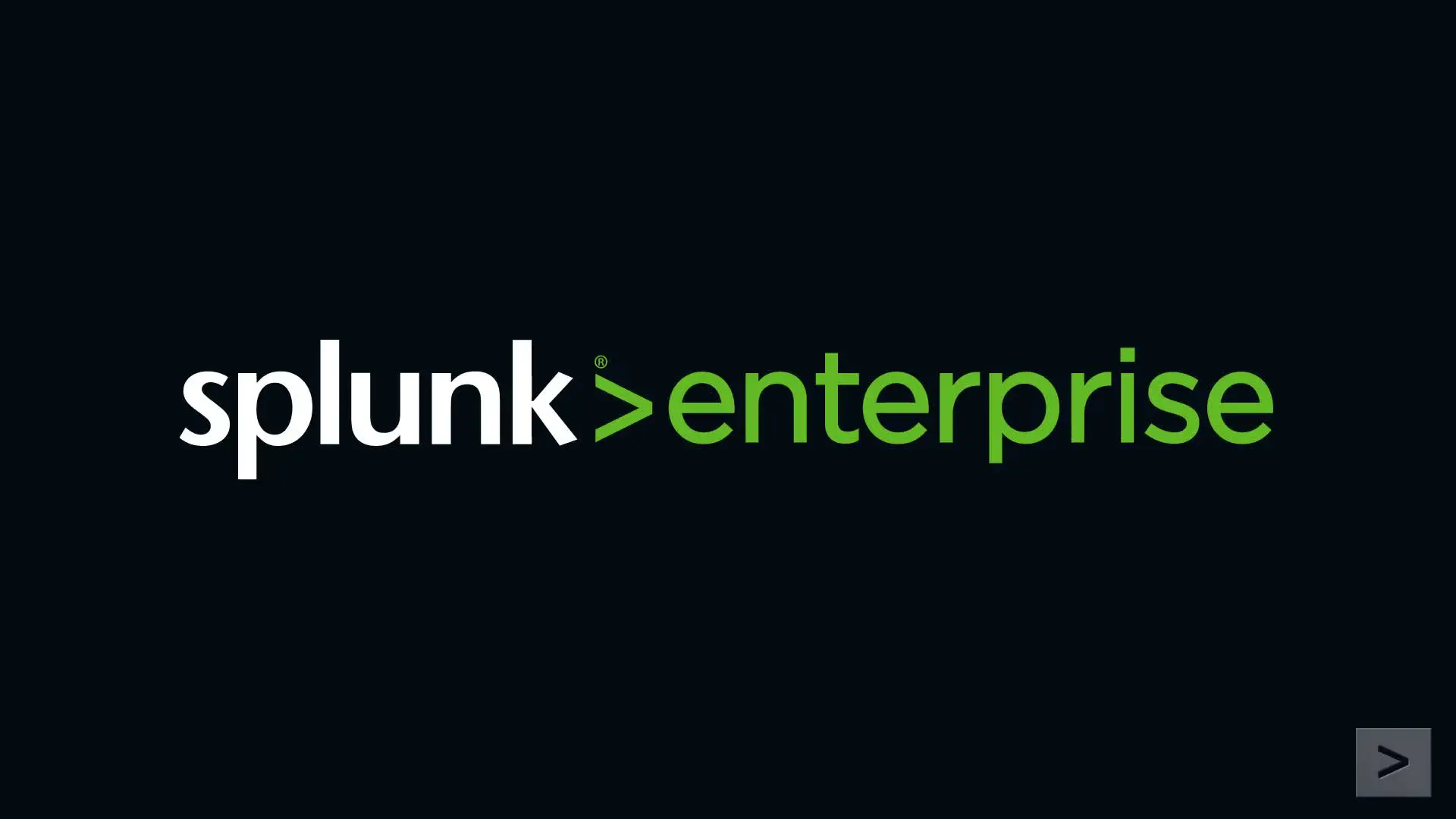
Splunk Enterprise Security is a leading data-driven SIEM platform designed for large-scale enterprise deployments. It provides deep event correlation, real-time analytics, and customizable dashboards. The platform supports big data ingestion and advanced threat detection, helping security teams identify complex attack patterns. Splunk integrates with SOAR solutions, ITSM tools, and other cybersecurity platforms to automate workflows.
Analysts can investigate incidents faster using visual timelines and case management features. The platform supports audit-ready compliance reporting for PCI, HIPAA, and other regulations. Security teams can run predictive threat analytics and anomaly detection across their infrastructure. Splunk offers an extensive app marketplace, enabling extended functionality and integrations.
It reduces mean time to respond (MTTR) and improves SOC efficiency. Overall, it provides enterprise-grade intelligence, scalability, and automation for proactive security operations.
Exabeam Fusion SIEM
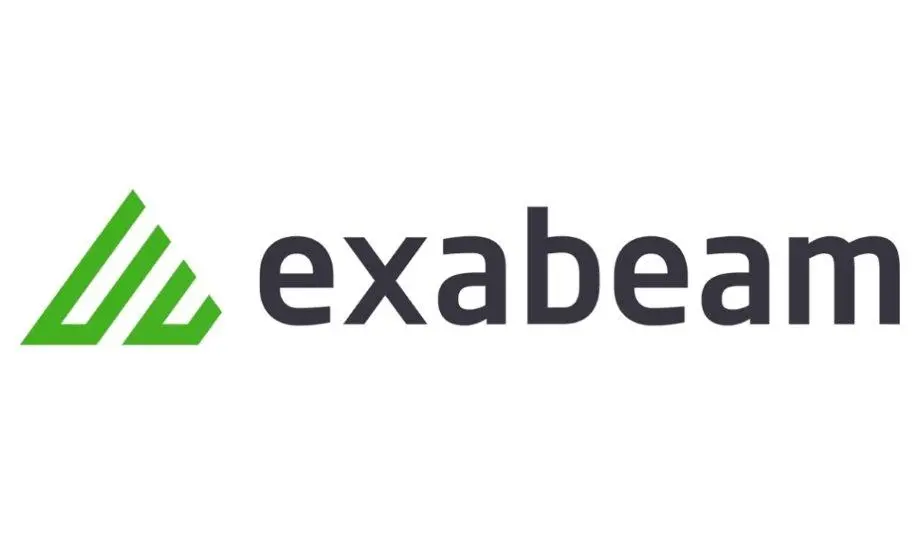
Exabeam Fusion focuses on User and Entity Behavior Analytics (UEBA) to detect anomalies and insider threats. It provides AI-assisted threat detection, automated case management, and workflow automation.
The platform tracks user activity across multiple systems and devices, enabling early threat detection. Analysts can prioritize alerts based on risk scoring and reduce alert fatigue. Exabeam supports integration with EDR, IAM, and cloud applications for extended visibility.
Teams benefit from custom dashboards, timelines, and visual reports for easier incident investigation. The platform offers predictive analytics, anomaly detection, and automated playbooks. Security operations can detect insider threats, compromised accounts, and lateral movement efficiently.
Exabeam also supports compliance monitoring and reporting for regulatory audits. Overall, it is ideal for SOCs focusing on identity and behavior-driven security analytics.
Securonix Next-Gen SIEM
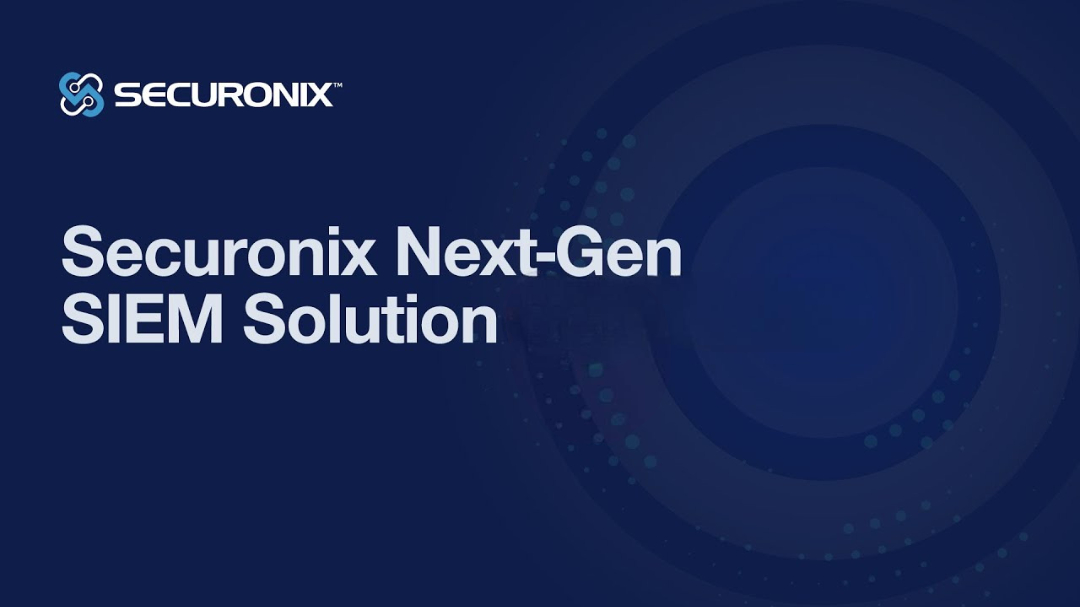
Securonix is a cloud-first SIEM designed for compliance, UEBA, and automated threat analytics. It is widely used in finance, healthcare, and government sectors. The platform provides real-time risk scoring, anomaly detection, and insider threat prevention.
Securonix offers automation for workflows, alert triaging, and incident response. Analysts can customize dashboards, reports, and notifications to meet compliance requirements. The SIEM integrates with cloud and on-premise systems for full visibility.
It supports multi-cloud deployments and centralized log management. Securonix reduces manual monitoring and accelerates incident resolution. The platform enhances SOC productivity and lowers operational costs. Overall, it ensures regulatory compliance while strengthening cybersecurity posture.
LogRhythm NextGen SIEM
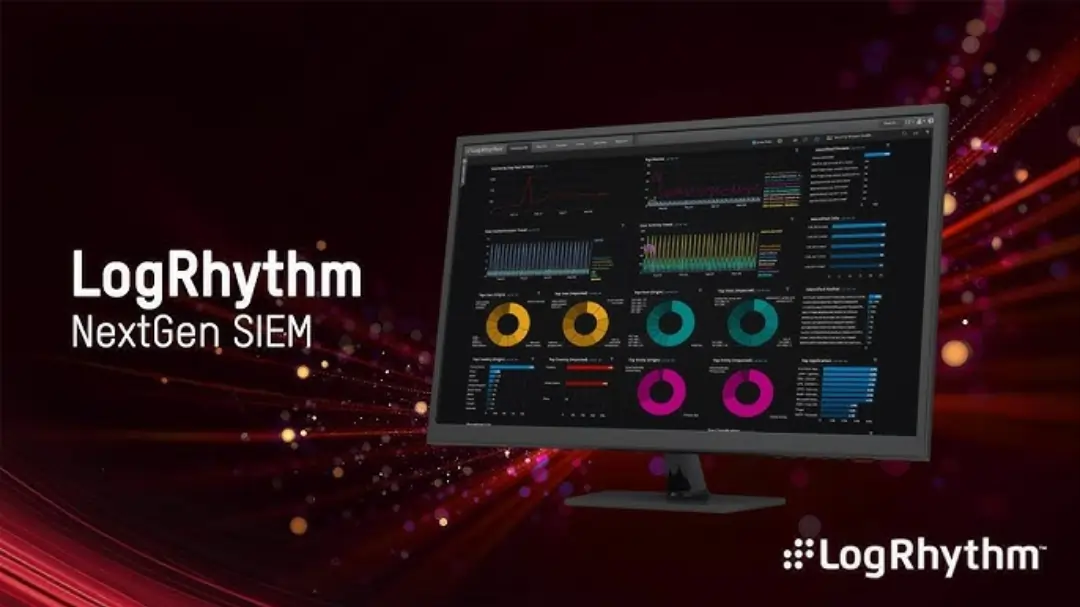
LogRhythm combines log management, SOAR, and network monitoring into one platform. It integrates seamlessly with EDR solutions, firewalls, and cloud services for comprehensive visibility. The platform provides real-time event correlation, threat detection, and automated response.
Analysts can prioritize alerts, investigate incidents faster, and reduce manual effort. LogRhythm supports custom dashboards, visual analytics, and executive reporting.
Teams benefit from predictive threat intelligence and UEBA capabilities. It simplifies compliance reporting for PCI, HIPAA, and ISO standards. Security teams can track anomalies, insider threats, and lateral movement across networks. The platform reduces mean time to detect (MTTD) and mean time to respond (MTTR).
Overall, LogRhythm is a reliable solution for medium to large organizations seeking unified threat management.
ArcSight (Micro Focus)
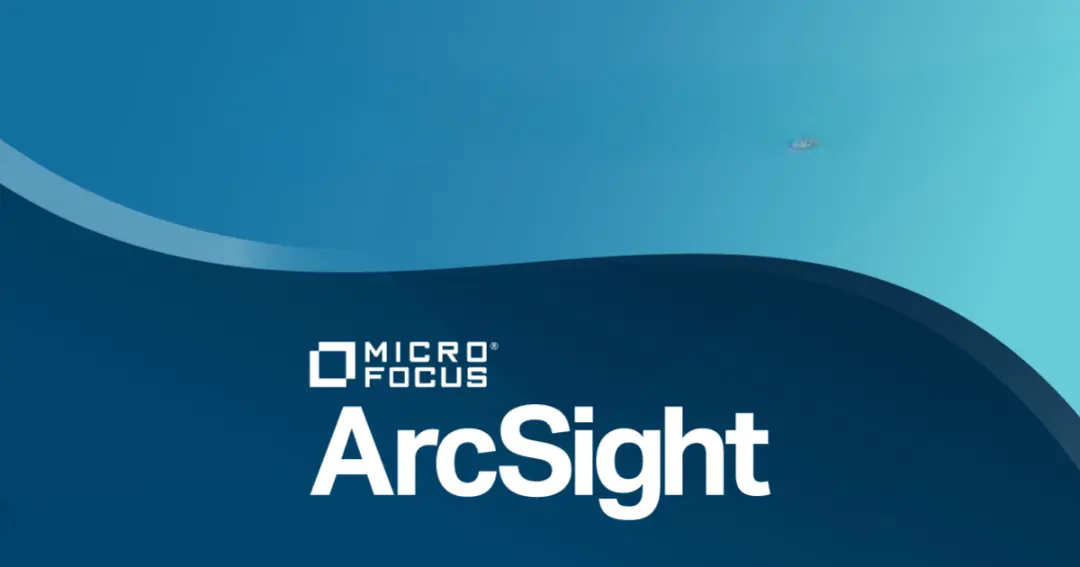
ArcSight is a legacy enterprise-grade SIEM with a robust correlation engine and machine learning enhancements. It is widely used in high-volume, regulated industries for real-time threat monitoring. ArcSight provides detailed compliance reporting and automated alerts, essential for large enterprises.
Analysts can process thousands of events per second and detect complex attack patterns. The platform supports integration with EDR, cloud systems, and third-party security tools.
ArcSight offers customizable dashboards, advanced search, and automated workflows. Teams can prioritize high-risk alerts and reduce SOC workload. It supports long-term log retention and regulatory audit preparation. Security operations benefit from enhanced threat visibility and predictive analytics. Overall, ArcSight remains a powerful solution for enterprises needing advanced security monitoring and compliance management.
AlienVault / AT&T USM
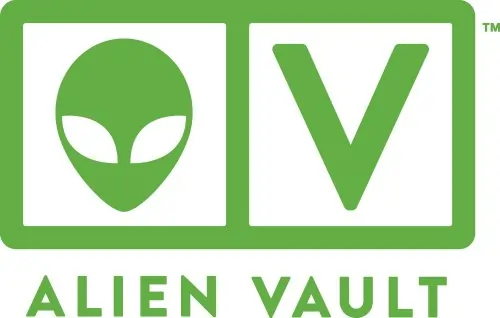
AlienVault USM is an all-in-one SIEM combining asset discovery, IDS, vulnerability assessment, and log management. It is affordable, easy to deploy, and SMB-friendly. The platform provides pre-configured threat detection rules and dashboards. Teams can monitor endpoints, cloud services, and networks in real time.
It supports automated alerts, notifications, and case management. While scalability is limited for very large enterprises, it is ideal for small to mid-size teams. Analysts can quickly investigate incidents and generate compliance reports. The platform integrates with common security tools and cloud services.
AlienVault also reduces manual monitoring and improves SOC efficiency. Overall, it is a solid choice for SMBs and MSPs needing centralized threat visibility.
LogPoint
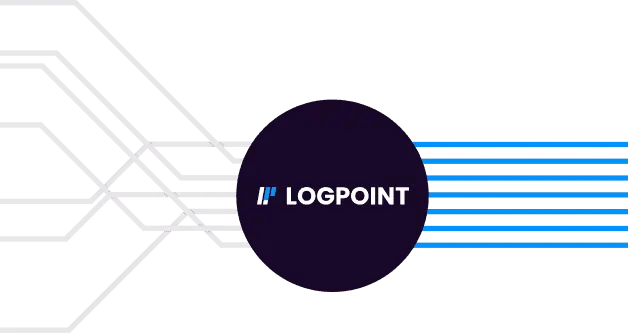
LogPoint is a European SIEM built for GDPR compliance, data sovereignty, and regulatory adherence. It provides modular architecture, multilingual support, and machine learning analytics. Analysts can track user and network activity across multiple locations.
The platform offers real-time alerting, visual dashboards, and automated reporting. LogPoint supports UEBA, risk scoring, and anomaly detection for improved threat detection. Teams can customize dashboards, analytics queries, and compliance reports. The platform integrates with cloud and on-premise systems for full visibility.
It reduces manual workload through automated workflows and alert prioritization. Security operations can respond faster to incidents while maintaining strict compliance.
Overall, LogPoint is ideal for EU organizations focused on regulatory alignment and secure data management.
Stellar Cyber (AI-driven SIEM)
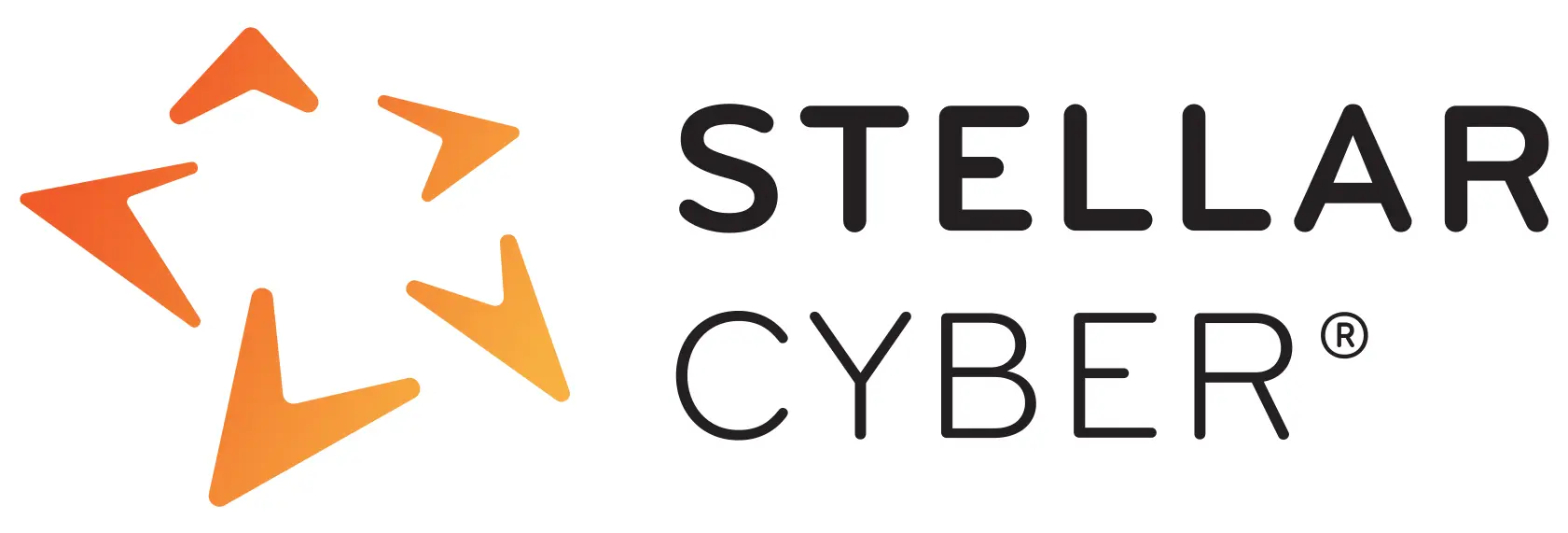
Stellar Cyber merges SIEM, SOAR, and NDR into an Open XDR platform, delivering AI-driven threat detection and automated response. It collects logs, network telemetry, and cloud data for real-time analytics. The platform provides behavioral analysis, predictive threat detection, and risk scoring. Analysts can investigate incidents with automated timelines, case management, and alerts.
Stellar Cyber reduces alert fatigue by prioritizing critical threats. It integrates with EDR, cloud platforms, and security appliances for unified visibility. Teams can create custom dashboards, automated reports, and compliance documentation. The platform supports mid-market businesses and MSPs with multi-tenant monitoring.
Stellar Cyber improves SOC efficiency and accelerates incident response. Overall, it provides a complete, AI-powered cybersecurity solution for proactive threat management.
Feature Comparison Matrix
To help you quickly compare the top SIEM tools of 2025, this matrix shows their deployment models, AI/ML capabilities, SOAR integration, compliance support, ideal use cases, and overall ratings. It gives a clear overview of each platform’s strengths and suitability for different organizations.
Each SIEM has been evaluated for automation, scalability, integration, and threat detection efficiency, helping security teams choose the right solution. This comparison also highlights which tools are best for cloud environments, hybrid infrastructures, or on-premises deployments.
| SIEM Tool | Deployment | AI/ML Features | SOAR Integration | Compliance | Ideal For | Overall Rating |
|---|---|---|---|---|---|---|
| Threathawk SIEM (Cybersilo) | Cloud / Hybrid | ✔✔✔ | ✔✔ | GDPR, ISO | All sizes, Enterprise & SMB | |
| Microsoft Sentinel | Cloud | ✔✔ | ✔✔✔ | ISO, NIST | Cloud-first organizations | |
| Splunk Enterprise Security | On-prem / Hybrid | ✔✔✔ | ✔✔✔ | PCI, HIPAA | Large enterprises | |
| Exabeam Fusion | Cloud / Hybrid | ✔✔✔ | ✔ | ISO, SOC2 | Behavioral analytics SOCs | |
| Securonix Next-Gen SIEM | Cloud | ✔✔✔ | ✔✔ | ISO, HIPAA | Regulated industries | |
| Stellar Cyber (AI SIEM) | Cloud | ✔✔✔ | ✔✔ | ISO, SOC2 | MSPs, mid-market businesses | |
| LogRhythm NextGen SIEM | Hybrid | ✔✔ | ✔✔ | ISO, PCI | Medium to large enterprises | |
| LogPoint | Hybrid | ✔✔ | ✔ | GDPR | EU organizations | |
| ArcSight (Micro Focus) | On-prem | ✔✔ | ✔ | NIST, ISO | Data-heavy, regulated orgs | |
| AlienVault USM | Cloud | ✔ | ✔ | ISO | SMBs and small teams |
Why This Comparison Matters
- Identify SIEMs with advanced AI and machine learning capabilities
- Compare SOAR integration levels for workflow efficiency
- Understand compliance requirements for your industry
- Match deployment models to your infrastructure needs
- Select the right tool based on organization size and requirements
How to Choose the Right SIEM for Your Organization
Choosing the right Security Information and Event Management (SIEM) platform is crucial for protecting your organization from modern cyber threats. The best SIEM should match your security goals, compliance needs, and automation requirements. It should also provide real-time threat detection, actionable analytics, and seamless integration with your existing security tools.
Selecting the right platform ensures your SOC operates efficiently, reduces response times, and improves overall threat visibility. A well-chosen SIEM can also simplify compliance reporting and strengthen security governance across your organization.
1. Assess Security Maturity and Needs
Before investing, evaluate your organization’s current cybersecurity maturity, threat detection capabilities, and operational gaps. Identify areas where visibility is limited across endpoints, networks, and cloud systems. Determine if your team requires AI-driven analytics, behavior-based monitoring, or automated incident response workflows.
Assessing these factors helps you select a SIEM that improves SOC efficiency and overall security posture. It also ensures that compliance reporting and audit requirements are fully supported. Knowing your security priorities upfront helps avoid overpaying for unnecessary features while covering critical risks.
2. Consider Deployment Model & Infrastructure
Decide whether a cloud-native, on-premises, or hybrid SIEM is best for your infrastructure. Cloud SIEMs offer fast deployment, scalability, and lower maintenance, while on-prem solutions provide greater control and data residency compliance. Hybrid SIEMs combine both approaches, giving flexibility for mixed IT environments.
Small or resource-limited teams can benefit from managed SIEM (MSSP) services, which provide 24/7 monitoring and expert response. Ensure the SIEM can handle your current workloads and future growth, including integration with cloud services and local infrastructure. This helps maintain performance and visibility across all systems.
3. Evaluate Integration Ecosystem
A strong SIEM must work seamlessly with your existing security tools, including EDR, SOAR, IAM, firewalls, and vulnerability scanners. Platforms with API-driven integrations allow automation of alerts, workflows, and incident response. Support for MITRE ATT&CK mapping, threat intelligence feeds, and log normalization enhances threat detection and situational awareness.
Proper integration helps SOC teams correlate events from multiple sources, reduce false positives, and respond faster to incidents. A well-connected SIEM also simplifies reporting and centralizes security visibility for better decision-making.
4. Analyze Cost-Benefit and Vendor Support
Evaluate the total cost of ownership (TCO), including licenses, subscriptions, and ongoing maintenance. Look for flexible pricing models that scale with your organization’s growth. Check vendor reliability, update frequency, and customer support, as these directly affect the platform’s long-term effectiveness.
Platforms with automation, reporting, and AI-driven threat detection deliver better ROI by reducing manual effort and improving incident response times. Choosing a SIEM with strong vendor support ensures long-term protection, continuous improvements, and consistent SOC performance. It also helps future-proof your security strategy as threats evolve.
Trends & What's Next in SIEM
The SIEM landscape in 2025 is changing rapidly. AI, automation, and cloud technologies are redefining how organizations detect, analyze, and respond to cyber threats. Modern security teams need platforms that provide real-time visibility, actionable insights, and automated responses.
These solutions not only protect hybrid IT environments but also simplify compliance, reduce manual work, and improve SOC efficiency. Businesses are investing in SIEMs that are scalable, intelligent, and future-ready, able to handle growing volumes of data across complex infrastructures.
Rise of AI-Driven Security Operations
Artificial intelligence (AI) and machine learning are now essential for effective cybersecurity. Modern SIEMs can detect unusual activity, prioritize alerts, and even predict potential attacks before they happen. Automation helps security teams respond faster, reduce workload, and focus on critical threats.
AI continuously learns from new data, improving detection accuracy and lowering false positives over time. Organizations can also use AI insights to plan proactive threat mitigation strategies. This trend ensures that SIEMs not only react to attacks but also anticipate and prevent them, keeping organizations safer.
Convergence of SIEM, SOAR, and XDR
Many SIEM platforms are now combining SIEM, SOAR, and XDR capabilities into a single solution. This allows organizations to have full security coverage, automated threat responses, and clear visibility across networks, endpoints, and cloud environments. Centralized threat intelligence enhances decision-making and speeds up incident resolution.
Integrated platforms also simplify workflow management, reduce silos, and help teams respond consistently across all environments. Businesses benefit from faster investigations, coordinated defense strategies, and improved operational efficiency. This convergence is becoming the new standard for modern cybersecurity operations.
Cloud-Native and Edge SIEM Evolution
Cloud-based SIEMs are growing in popularity due to their scalability, quick deployment, and lower management effort. Integrating edge computing improves real-time monitoring, event correlation, and threat detection across distributed systems. Organizations can analyze data closer to where it is generated, which helps detect threats faster and respond effectively.
Cloud and edge SIEMs also support hybrid infrastructures, giving security teams visibility over on-premises systems, cloud apps, and remote endpoints. These platforms adapt easily to growing IT environments and changing business needs, helping organizations stay secure in a fast-moving digital world.
Automated Compliance & Regulatory Reporting
Automation is essential for compliance, audits, and regulatory reporting. Modern SIEMs offer real-time reporting, continuous monitoring, and automated audit logs for GDPR, ISO, HIPAA, and other standards. This reduces manual work, keeps organizations audit-ready, and ensures they meet regulatory requirements at all times.
Automated compliance also helps security teams identify gaps, generate actionable insights, and respond to compliance risks quickly. Businesses can focus more on active threat management rather than administrative tasks. With automated reporting, organizations can streamline internal audits, prepare for external inspections, and maintain trust with customers and regulators.
Challenges & Pitfalls in SIEM Deployment
Even the most advanced SIEM platforms can face challenges if not implemented and managed properly. Understanding these common SIEM deployment challenges helps organizations maximize security, reduce costs, and improve SOC efficiency.
Without proper planning, businesses risk underutilized systems, slower threat response, and wasted resources. Knowing these pitfalls can save time, money, and effort while ensuring the SIEM platform delivers its full potential.
Complexity and Resource Overload
SIEM systems can be complex and resource-intensive, especially in hybrid or multi-cloud environments. Poor planning may lead to underused features, budget overruns, and slow incident detection.
Configuring log collection, correlation rules, dashboards, and automated workflows requires experienced personnel and continuous tuning. Many organizations also underestimate the time and effort needed for proper deployment and ongoing maintenance.
Without dedicated teams and well-defined processes, SOCs can become overwhelmed, reducing overall security effectiveness. Careful planning, process optimization, and regular performance reviews help prevent complexity and ensure maximum value from the SIEM.
False Positives & Alert Fatigue
High volumes of alerts can easily overwhelm SOC analysts, leading to alert fatigue. Too many false positives can slow detection, reduce response accuracy, and increase analyst stress.
Advanced SIEM platforms use AI-driven detection, machine learning, and adaptive thresholds to filter non-critical alerts automatically. This allows analysts to focus on real threats, respond faster, and reduce errors.
Effective alert management improves incident response efficiency and SOC productivity, while automated workflows ensure critical events are not missed. Reducing alert fatigue also frees teams to work on threat hunting and proactive security improvements.
Talent Shortage and Training Gaps
Many organizations struggle with a shortage of skilled SOC analysts capable of managing complex SIEM platforms. Lack of expertise can lead to delayed threat detection, misconfigurations, and underutilized tools.
Partnering with Managed Detection and Response (MDR) or Managed Security Service Providers (MSSPs) can bridge this skills gap and provide continuous monitoring and expert incident handling.
Ongoing training, certifications, and knowledge sharing ensure teams stay up to date with evolving threats and SIEM features. Investing in workforce development also boosts SOC efficiency, improves response times, and ensures security best practices are consistently applied.
Integration and Scaling Challenges
Integrating SIEM with endpoints, cloud services, legacy systems, and third-party security tools is often complicated. Poor integration can reduce visibility, slow investigations, and limit automation benefits. Scaling a SIEM to handle large volumes of log data and real-time analytics is another challenge for growing organizations.
Choosing cloud-native, modular, and API-friendly SIEM platforms improves integration and scalability. Regular updates, proper architecture planning, and tuning of correlation rules ensure performance remains strong as infrastructure grows. Effective integration and scaling also enable unified threat monitoring, faster detection, and stronger compliance reporting, making the SIEM more valuable over time.
Our Conclusion & Recommendation
In 2025, the best SIEM tools are AI-driven, automated, and easy to scale. Each platform has its strengths, but Threathawk SIEM by Cybersilo clearly stands out as the most complete and future-ready solution. It uses advanced AI analytics for threat detection, helping teams find real security issues while reducing false alerts. Its automation and real-time response improve SOC efficiency and make incident handling faster and easier. Threathawk’s scalable and cost-effective design works for both small businesses and large enterprises, providing a strong cybersecurity analytics platform for organizations of any size.
The intuitive interface and rapid deployment ensure teams can start monitoring and protecting their networks immediately. Overall, Threathawk SIEM is the most intelligent, reliable, and compliance-ready SIEM solution in 2025, delivering better event correlation, threat intelligence integration, and operational efficiency. For businesses looking for a complete threat detection system with AI-driven insights and automation, Threathawk SIEM by Cybersilo is the top choice.
For businesses looking for a complete threat detection system with AI-driven insights and automation, Threathawk SIEM by Cybersilo is the top choice for 2025.

